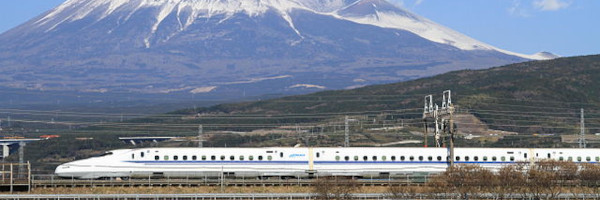High Speed Rail
- Authors
High-speed rail (HSR) is a type of train service that is designed to travel at speeds of over 125 miles per hour (200 km/h).
High-speed rail systems typically use dedicated tracks that are separate from regular passenger and freight trains, and they often employ advanced technologies such as high-performance trains, advanced signaling systems, and tilting technology to reduce the impact of curves on the train's speed.
The main benefits of high-speed rail are its speed, efficiency, and convenience. High-speed trains can cover long distances quickly, reducing travel time and making it possible to travel between cities that are otherwise too far apart to be easily served by other modes of transportation. HSR also tends to be more environmentally friendly than air travel for shorter distances and less expensive than cars.
High-speed rail systems are currently in operation in many countries around the world, including France, Japan, China, and Spain. Some of the most well-known high-speed rail systems include the Shinkansen in Japan, the TGV in France, and the AVE in Spain.
However, building HSR infrastructure is a complex and expensive process, and it requires significant investment in order to build the necessary tracks, trains, and infrastructure. Additionally, the cost of operating high-speed trains is also relatively high, making it more difficult for the service to be profitable in some cases.

